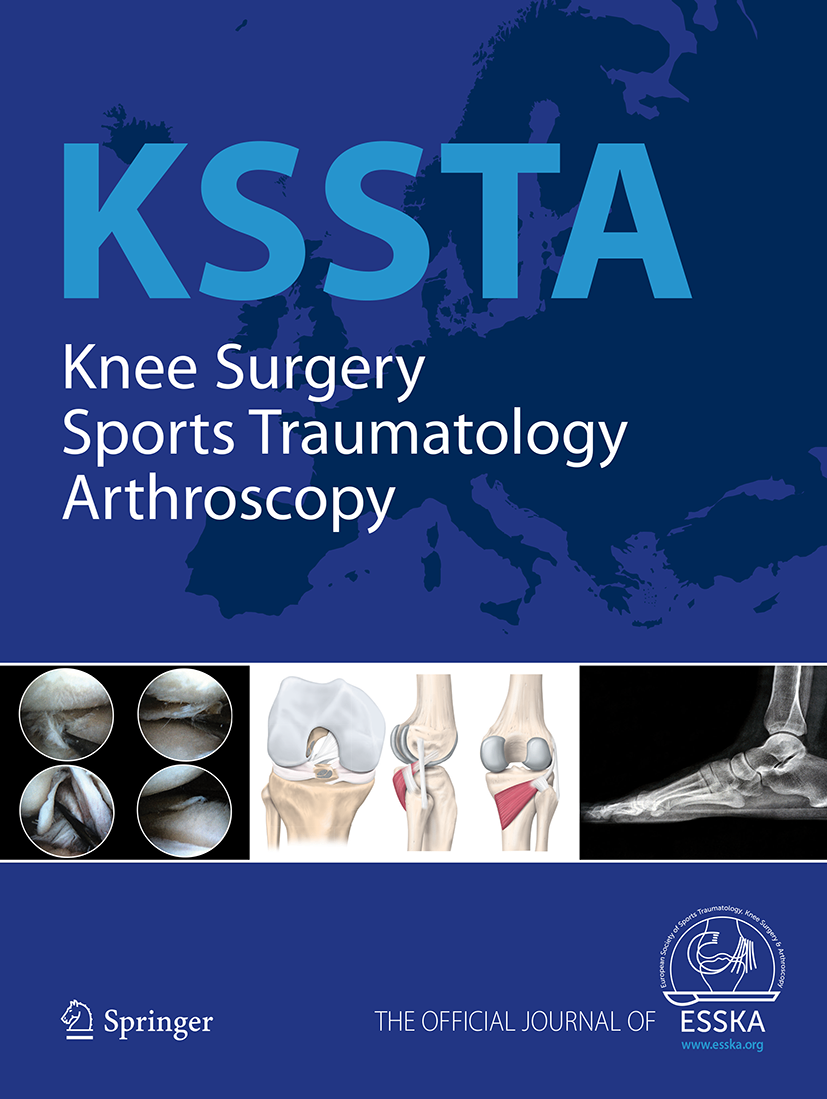
Outcome similar between biodegradable & metal suture anchors in shoulder arthroscopy

Outcome similar between biodegradable & metal suture anchors in shoulder arthroscopy
Comparison between metal and biodegradable suture anchors in the arthroscopic treatment of traumatic anterior shoulder instability: a prospective randomized study
Knee Surg Sports Traumatol Arthrosc. 2010 Dec;18(12):1785-91. doi: 10.1007/s00167-010-1212-3. Epub 2010 Jul 17Synopsis
78 patients with recurrent traumatic anterior shoulder instability were randomized to undergo arthroscopic shoulder stabilization with either biodegradable or metal suture anchors. The purpose of this study was to compare the clinical outcomes between anchor material. At two years postoperatively, there were no significant differences in DASH, Rowe, and Constant scores, or the rate of recurrent d...
To view the full content, login to your account,
or start your 30-day FREE Trial today.
FREE TRIAL
LOGIN
Forgot Password?
Explore some of our unlocked ACE Reports below!

Learn about our AI Driven
High Impact Search Feature
Our AI driven High Impact metric calculates the impact an article will have by considering both the publishing journal and the content of the article itself. Built using the latest advances in natural language processing, OE High Impact predicts an article’s future number of citations better than impact factor alone.
Continue



 LOGIN
LOGIN

Join the Conversation
Please Login or Join to leave comments.